Leaching tanks play a crucial role in numerous industries, including mining, metallurgy, and chemical processing, where they are used to extract valuable minerals or substances from ores or solutions. These tanks are subject to harsh operating conditions, with corrosive chemicals, high temperatures, and intense agitation. To ensure their optimal performance and prolong their lifespan, regular maintenance is essential. This article explores the significance of maintenance for leaching tanks, highlighting key maintenance activities, potential issues, and best practices for effective tank upkeep.
01 The Role of Leaching Tanks in Industrial Processes
Leaching tanks play a crucial role in various industrial processes, particularly in the mining, metallurgical, and chemical industries. These tanks are specifically designed to facilitate the extraction of valuable minerals or substances from ores or solutions through a process known as leaching.
In the mining industry, leaching tanks are widely used to extract valuable metals, such as gold, silver, copper, uranium, and nickel, from ore bodies. The process involves treating the ore with a leaching solution that dissolves the desired metals, allowing their separation from the remaining rock or gangue materials. Leaching tanks provide an environment where the leaching solution can interact with the ore, facilitating the dissolution and subsequent recovery of the target metals.
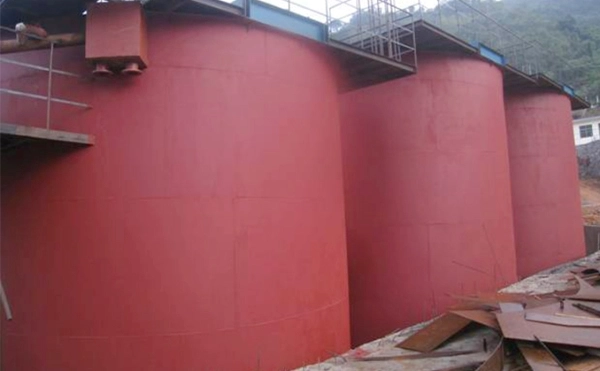
(Leaching Tanks)
02 The Importance of Regular Maintenance
Regular maintenance of leaching tanks is vital for several reasons. First and foremost, it ensures the consistent and efficient operation of the tanks, optimizing the extraction process and minimizing downtime. By conducting routine inspections, cleaning, and repairs, potential issues can be identified and addressed promptly, preventing more significant problems and costly breakdowns.
Moreover, regular maintenance helps to extend the lifespan of leaching tanks. These tanks are typically made of materials designed to withstand corrosive environments, but over time, corrosion and wear can occur. By implementing a comprehensive maintenance program, including protective coatings, inspections, and repairs, the tanks can be preserved and their service life extended, reducing the need for frequent replacements.
03 Key Maintenance Activities for Leaching Tanks
To ensure the optimal performance and longevity of leaching tanks, several maintenance activities should be carried out regularly:
1. Inspections
Regular visual inspections should be conducted to assess the tanks' condition, identify signs of corrosion, leaks, or structural damage, and ensure that safety features are functioning correctly. Non-destructive testing techniques, such as ultrasonic or radiographic testing, can also be employed to detect hidden defects.
2. Cleaning
Proper cleaning is crucial to remove accumulated sediments, sludge, or scale, which can interfere with the leaching process and reduce tank capacity. High-pressure water jets, mechanical scrubbers, or chemical cleaning agents may be used, depending on the tank's construction materials and the nature of deposits.
3. Coating and Liner Maintenance
Leaching tanks often have protective coatings or liners to resist chemical attack and prevent corrosion. Regular inspection and maintenance of these protective layers, including repairs or reapplications, are essential to maintain their integrity and safeguard the tank's structural integrity.
4. Agitator Maintenance
Agitators are responsible for ensuring proper mixing and circulation of the leaching solution within the tank. Regular inspections and maintenance of agitator assemblies, including lubrication, seal replacements, and alignment checks, are necessary to prevent malfunctions or breakdowns that can disrupt the leaching process.
Lubrication
Proper lubrication of agitator bearings and gears is crucial for smooth operation and to minimize wear. Follow the manufacturer's recommendations for lubrication intervals and use the appropriate lubricants. Ensure that the lubrication system is functioning properly and that the lubricant levels are maintained at the recommended levels.
Seals and Bearings
Inspect the seals and bearings of the agitator for any leaks, wear, or damage. Leaking seals can result in process inefficiency and potential contamination. Replace worn-out seals and bearings to maintain proper sealing and minimize friction.
Shaft Alignment
Misalignment of the agitator shaft can lead to excessive vibration, increased wear on components, and reduced mixing efficiency. Regularly check the alignment of the agitator shaft to ensure it is properly aligned with the tank and other components. If misalignment is detected, take corrective measures, such as realigning the shaft or adjusting the mounting.
Balancing
Imbalanced agitators can cause excessive vibration, leading to accelerated wear and potential damage to the agitator and other tank components. Regularly check the balance of the agitator by conducting vibration analysis or using balancing equipment. If an imbalance is detected, take corrective measures, such as adjusting the blade positions or adding balance weights.

(Gold Leaching Plant)
5. Instrumentation and Control Systems
Sensors, probes, and control systems play a vital role in monitoring and regulating various parameters within the leaching tank, such as temperature, pH, and oxygen levels. Regular calibration, testing, and maintenance of these instruments are essential to ensure accurate readings and reliable process control.
6. Structural Integrity
Leaching tanks are subject to significant mechanical stresses due to the weight of the solution, agitation, and thermal expansion. Regular inspections of the tank's structural integrity, including welds, supports, and foundations, are necessary to detect any signs of deformation, cracking, or fatigue that could compromise the tank's safety and performance.
04 Common Issues and Troubleshooting
Leaching tanks can encounter various issues during their operation, which can affect the efficiency and performance of the leaching process. Here are some common issues that can occur with leaching tanks and potential troubleshooting steps:
1. Poor Leaching Efficiency
Low leaching efficiency can result from inadequate mixing, insufficient contact between the leaching solution and the ore, or improper conditions within the tank. Troubleshooting steps may include:
Check and optimize the agitator system
Ensure that the agitator blades are functioning properly and providing adequate mixing and circulation within the tank.
Adjust agitation speed
Increase or decrease the agitation speed to achieve the desired mixing intensity without causing excessive turbulence.
Optimize leaching conditions
Review and adjust parameters such as temperature, pH, oxygen levels, or residence time to optimize the leaching process.
Modify tank design
Consider modifications to the tank design, such as adding baffles or improving the distribution of the leaching solution, to enhance contact between the solution and the ore.
2. Corrosion and Leaks
Leaching tanks are exposed to corrosive solutions, and corrosion can lead to leaks, compromising the tank's integrity and safety. Troubleshooting steps may include:
Regularly inspect the tank for signs of corrosion, such as rust, pitting, or degradation of protective coatings.
Repair or replace corroded areas promptly by applying appropriate corrosion-resistant coatings or patching techniques.
Implement corrosion prevention measures, such as cathodic protection or using corrosion-resistant materials during tank construction or lining.
3. Scaling and Fouling
Scaling or fouling occurs when minerals or impurities in the leaching solution precipitate and deposit on the tank surfaces, reducing heat transfer efficiency and impeding solution flow. Troubleshooting steps may include:
Regularly clean the tank to remove scaling or fouling deposits. Mechanical cleaning or chemical cleaning agents may be used, depending on the nature of the deposits.
Adjust the composition or concentration of the leaching solution to minimize scaling tendencies.
Implement proper filtration or separation techniques to remove solid particles or impurities from the leaching solution before it enters the tank.
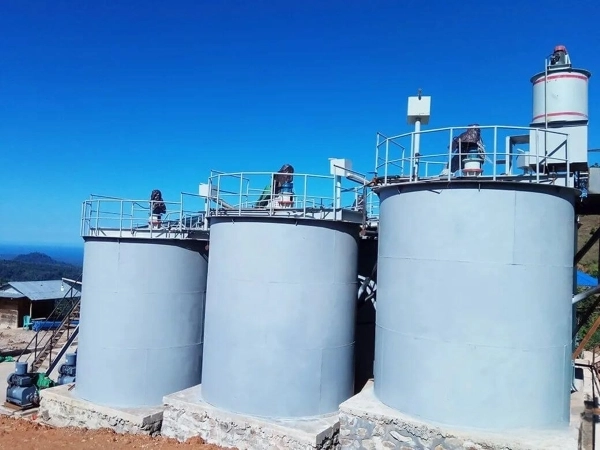
(Leaching Tanks)
4. Insufficient Temperature Control
Temperature plays a crucial role in leaching processes. Inadequate temperature control can impact reaction rates and overall leaching efficiency. Troubleshooting steps may include:
Inspect and maintain temperature control equipment, such as heating or cooling systems, to ensure accurate and reliable temperature control.
Check and calibrate temperature sensors or controllers to ensure accurate temperature readings.
Ensure proper insulation of the tank to minimize heat loss or heat gain.
5. Safety and Environmental Concerns
Leaching tanks may pose safety and environmental risks if not properly maintained. Troubleshooting steps may include:
Regularly inspect safety features, such as pressure relief valves or emergency shut-off systems, to ensure their proper functioning.
Conduct thorough leak detection and repair any leaks promptly to prevent chemical spills or emissions.
Comply with safety regulations and implement appropriate safety protocols, such as personal protective equipment (PPE) requirements and proper handling and storage of chemicals.
6. Instrumentation or Control System Issues
Malfunctioning or inaccurate instruments or control systems can impact process monitoring and control. Troubleshooting steps may include:
Regularly calibrate and maintain instrumentation devices, such as temperature sensors, pH meters, or flow meters, to ensure accurate readings.
Check and troubleshoot control system components, such as programmable logic controllers (PLCs) or data acquisition systems, for any faults or errors.
Ensure proper communication and integration between instrumentation and control systems to facilitate accurate process control.
05Conclusion
Regular maintenance is paramount for the efficient operation and prolonged lifespan of leaching tanks. By implementing a comprehensive maintenance program that includes inspections, cleaning, coating and liner maintenance, agitator upkeep, and monitoring of instrumentation and control systems, potential issues can be identified and addressed promptly. This helps optimize the leaching process, minimize downtime, and extend the tanks' service life.
Additionally, regular maintenance activities contribute to the safety of the operation by ensuring structural integrity and preventing leaks or failures that could lead to hazardous situations. By prioritizing maintenance, industries can reduce the risk of accidents, protect the environment, and maintain compliance with regulatory standards.
It is crucial for industries using leaching tanks to establish a proactive maintenance schedule, allocate resources for regular inspections and repairs, and train personnel on proper maintenance procedures. Collaboration between maintenance teams and process operators can also provide valuable insights into potential issues and help optimize maintenance practices.
Ultimately, investing in regular maintenance for leaching tanks is a cost-effective approach that not only ensures optimal performance but also prevents costly breakdowns and replacements. By prioritizing maintenance, industries can maximize productivity, extend the lifespan of their equipment, and maintain a competitive edge in their respective fields.
- Random article
- Popular articles
- Popular comments
- Reverse flotation beneficiation process for bauxite
- Tin ore gravity+flotation process
- Iron ore positive flotation process
- Combined process of laterite nickel ore selection and smelting(oxidized ore)
- Zirconium Ore Processing: Gravity Separation and Flotation
- Zirconium Ore Processing: Gravity, Magnetic, and Flotation Methods
- Manganese Ore Separation: Gravity and Magnetic Methods









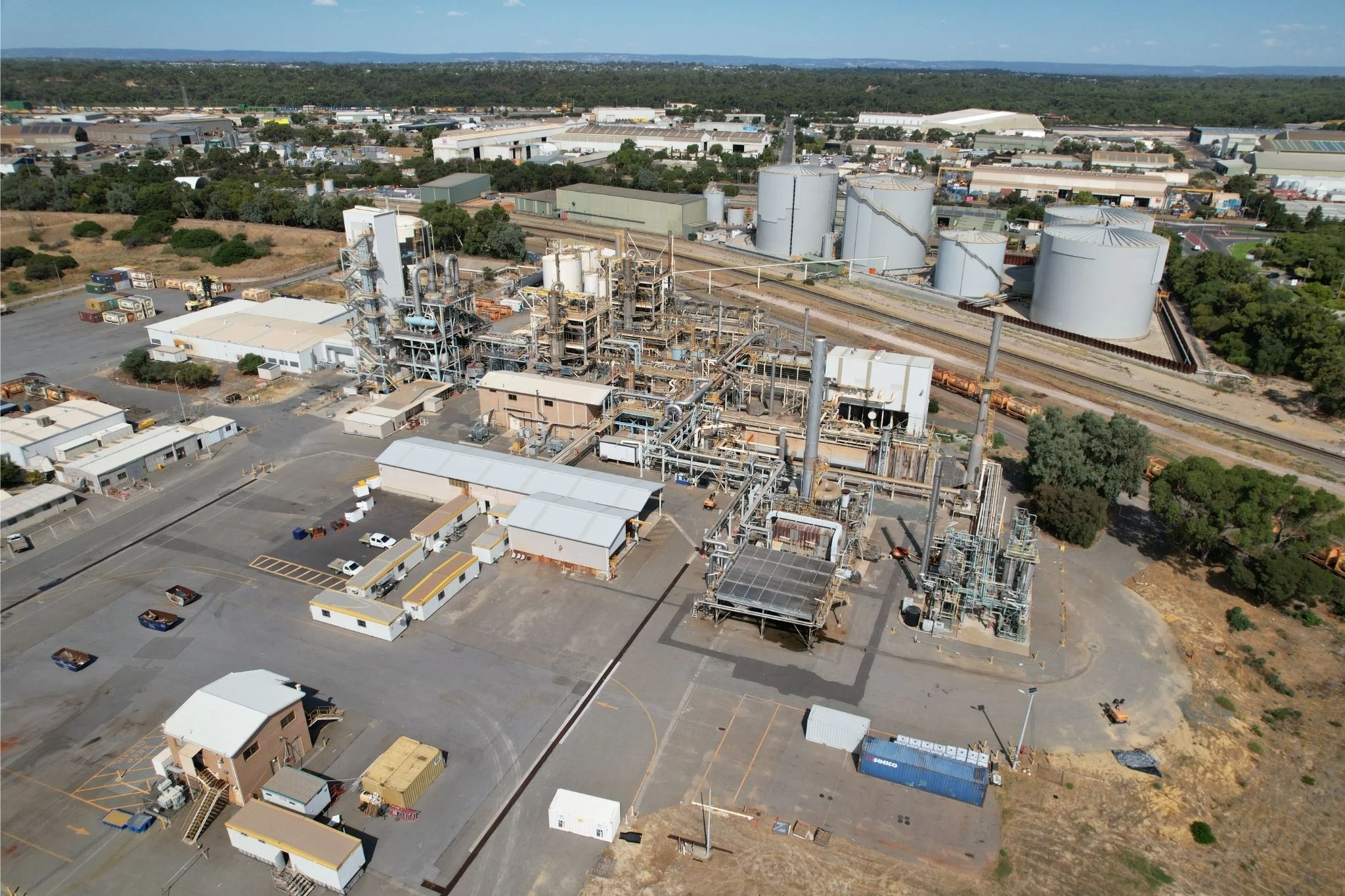
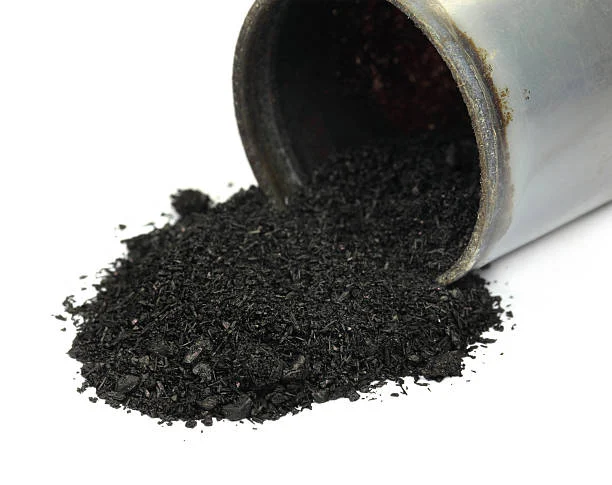

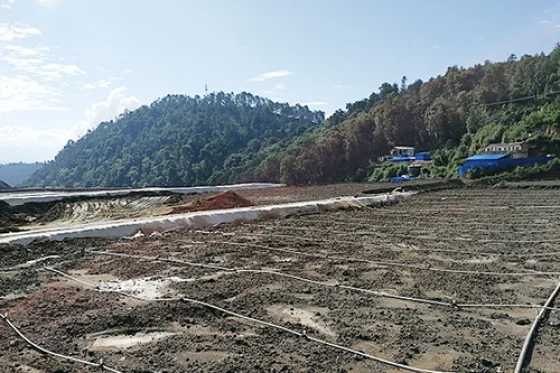


Leave a message with your needs or comments
Add comment: